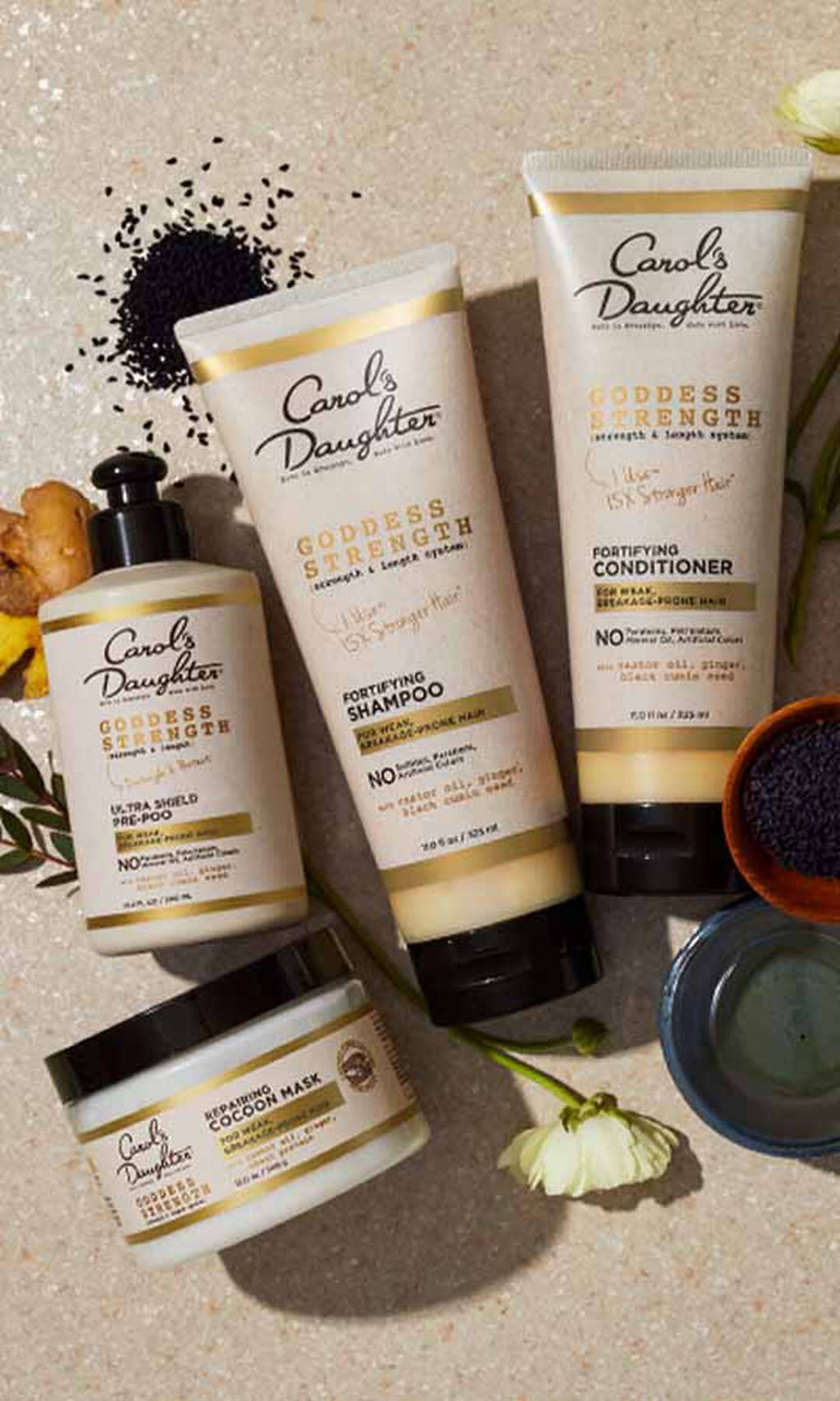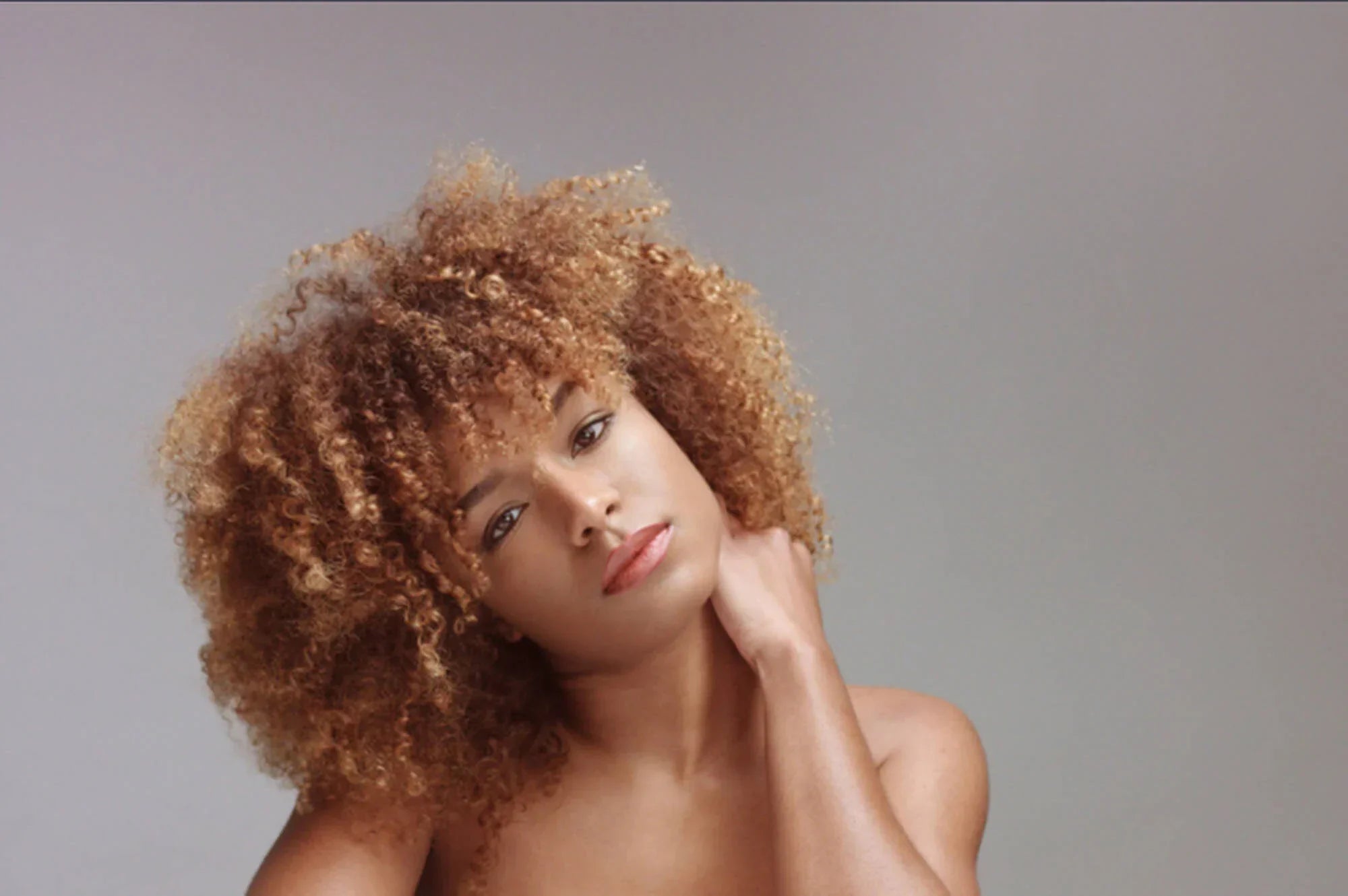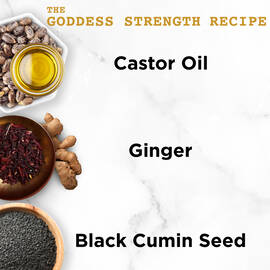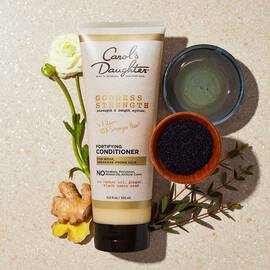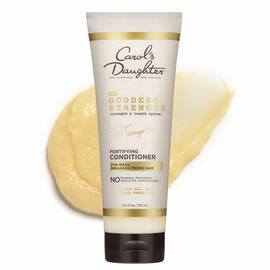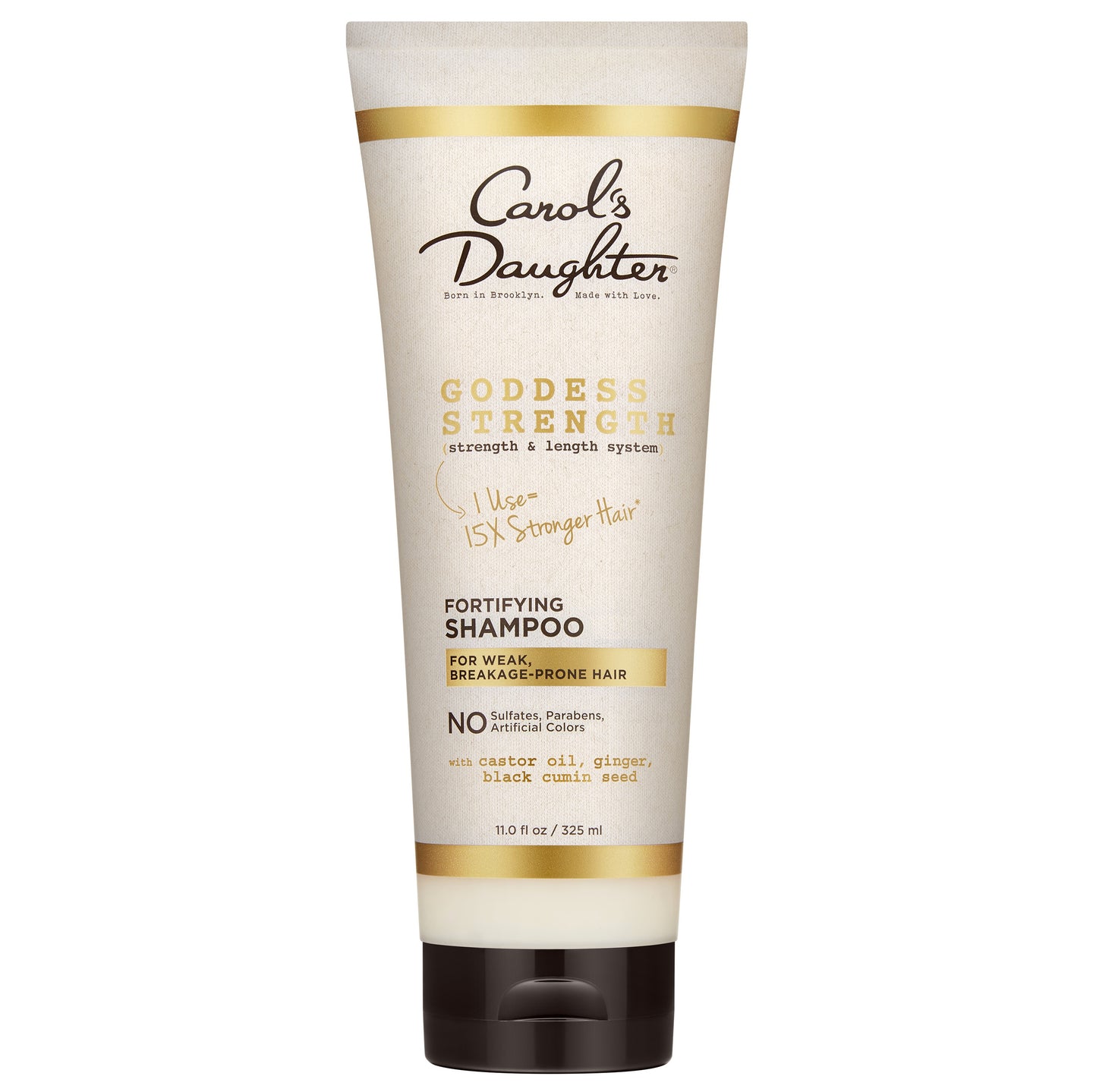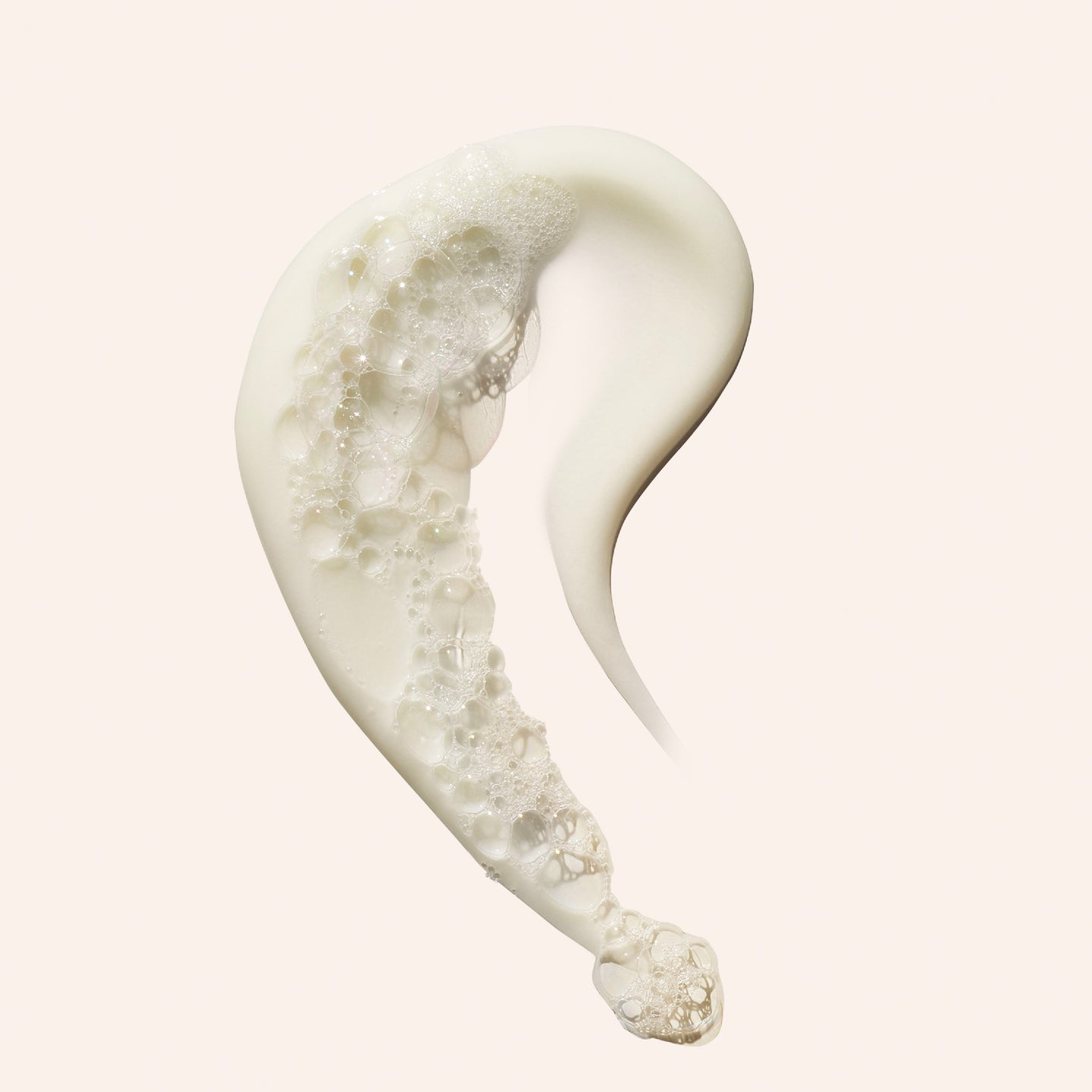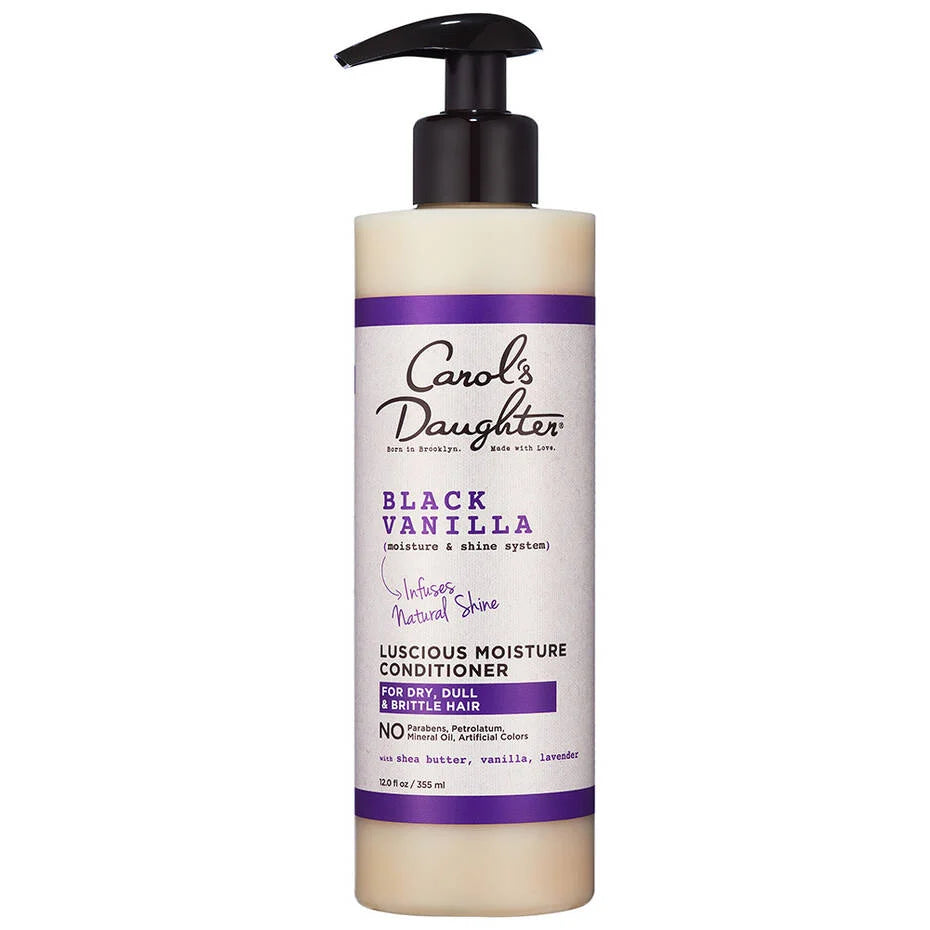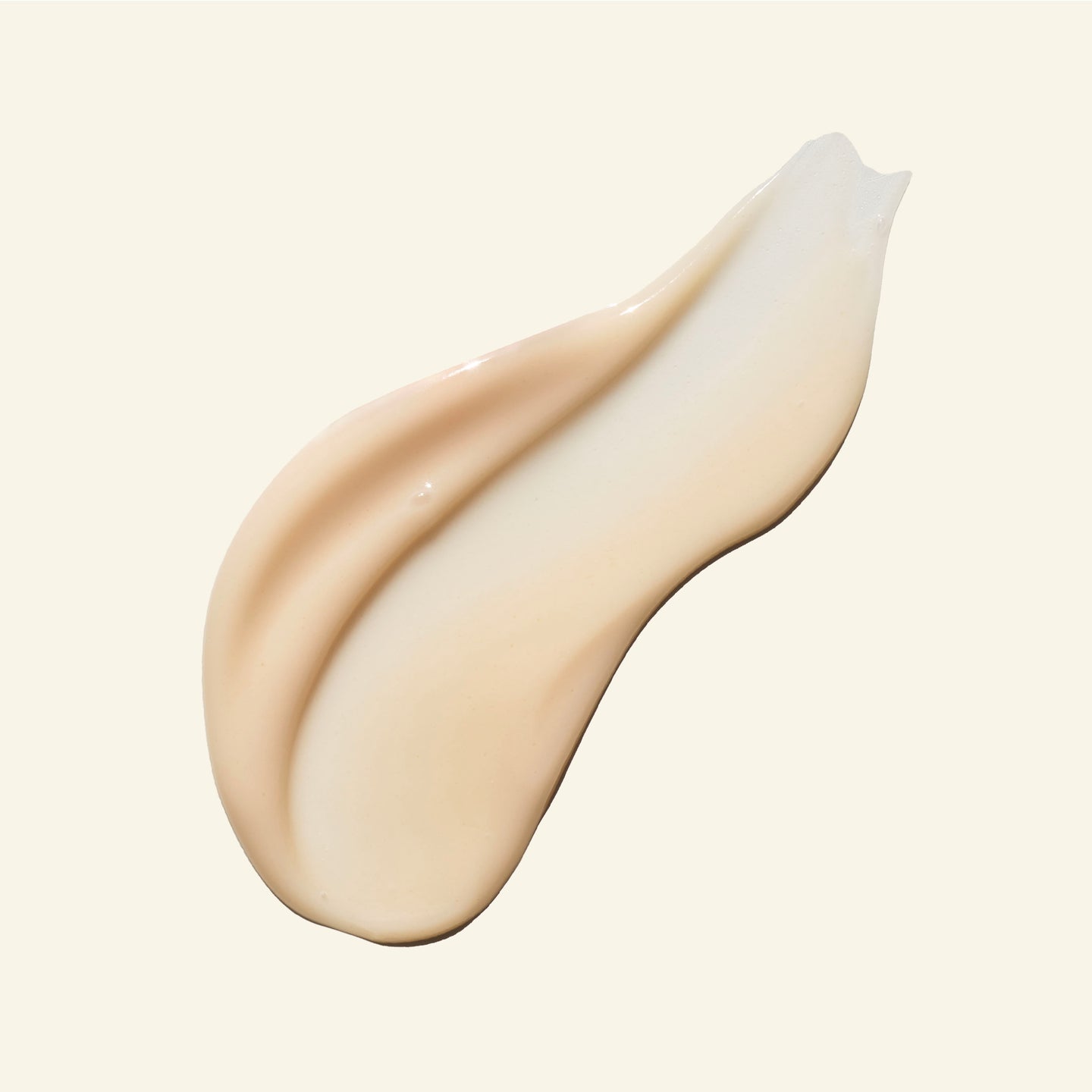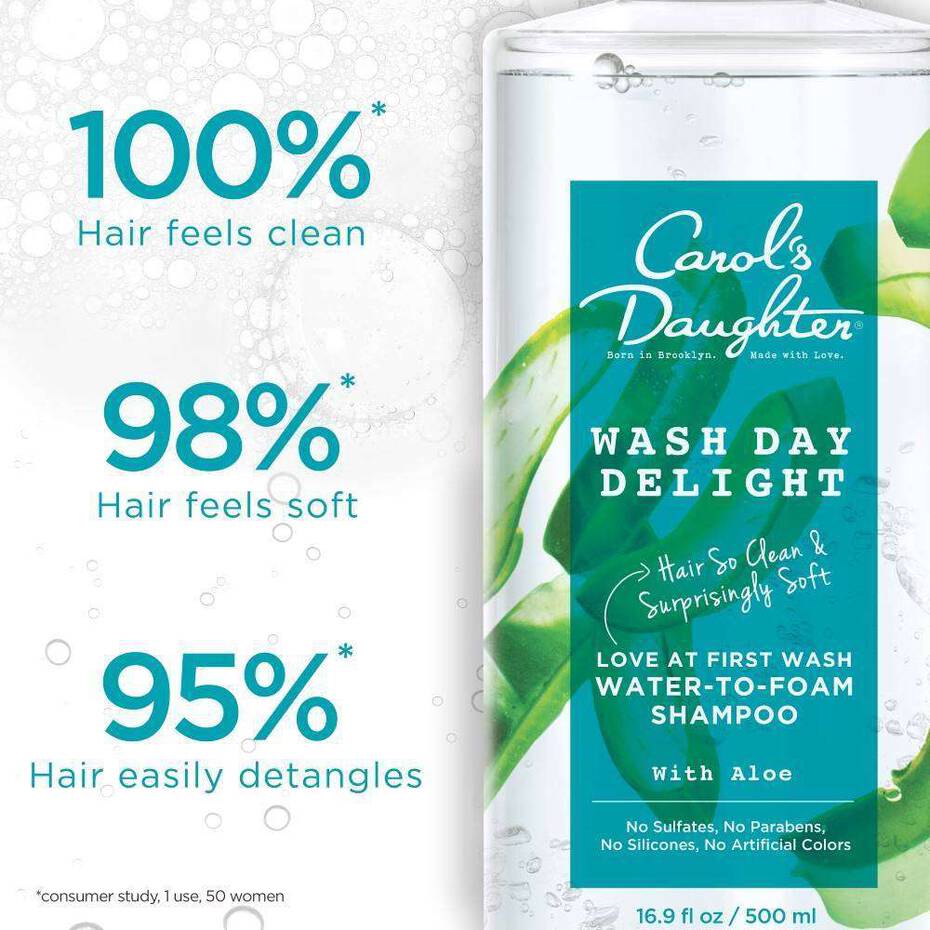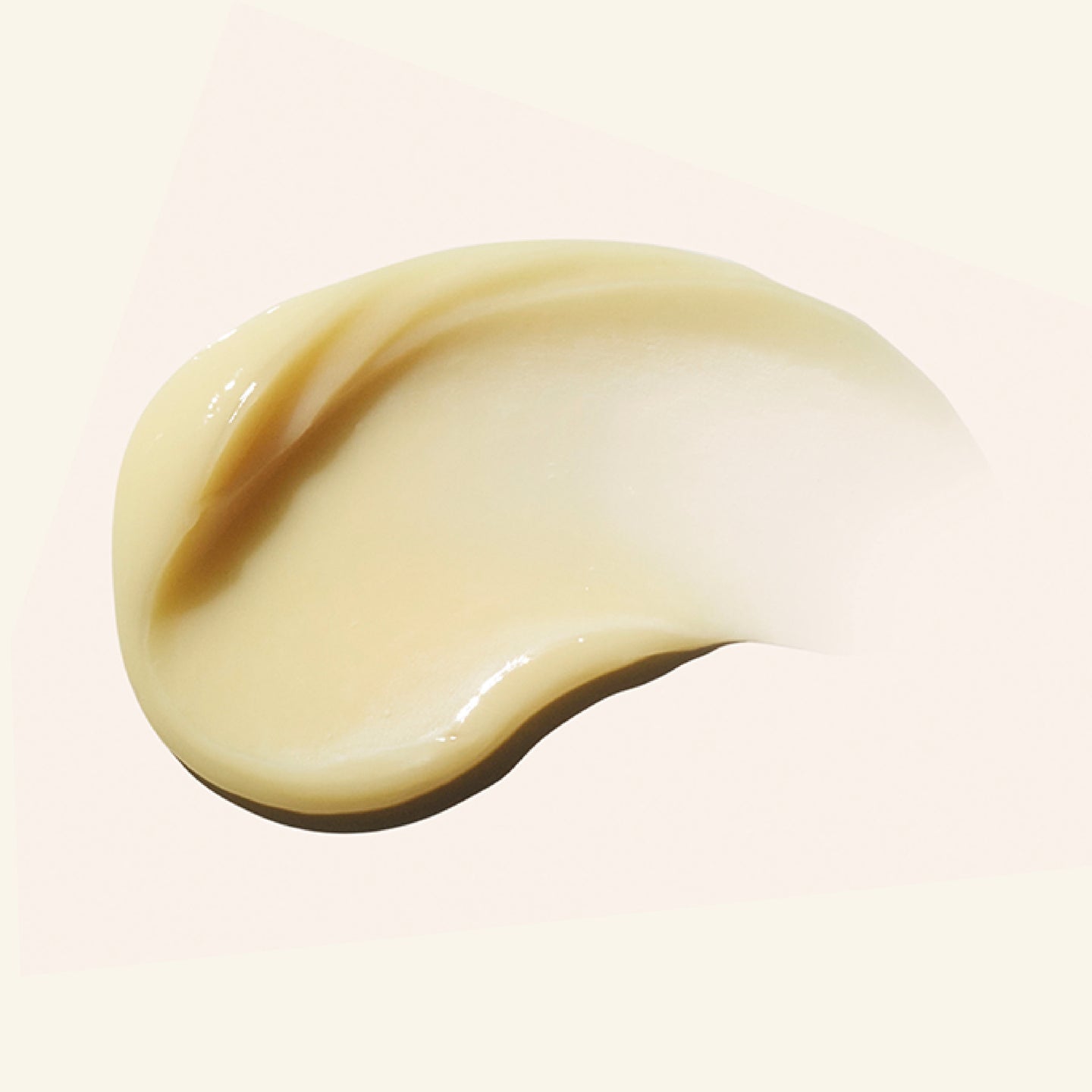TABLE OF CONTENTS
• How Do You Take Care Of Color-Treated Curls?
• Best Products for Color Treated Curly Hair
• Does Dying Your Hair Ruin Natural Curls?
• How To Moisturize Color-Treated Hair
• How Often Should I Color Treat My Curls?
• Related Products
The good news is that if you’re already in the habit of practicing regular curly hair maintenance, then you’re on the right track. Bleach and ammonia-based dyes can have a significant impact on the health of your curls. So before diving headfirst into the hair color world, jot down a few notes on how to take care of your curly hair. All you need are the right colored hair-care products and a few dyed hair tips, and you’ll be ready to show off your glossy, colored ringlets. Read on for the complete guide to caring for color-treated curls. Plus, we are sharing exactly which treatments, shampoos, and conditioners to use for optimum hair health.
Find Your Personalized Routine!
Know your curls better than ever before! Our quick and easy 5-step quiz, which uses powerful data to determine your hair type, will help you understand your strands. Set aside a couple of minutes to answer some simple questions, and we’ll take care of the rest. At the end, we’ll identify your curl type and main hair concerns, and provide expert tips, product recommendations, and a personalized routine. The journey to gorgeous hair starts now. Click Here to find your personalized routine.
This all may sound like a good reason to steer clear of colored curls, but when it’s done right, and with the proper care, it’s totally possible to have lustrous, color-treated hair. The main thing that you’ll want to do if you opt for color is to consistently and frequently add moisture back into the hair. Be sure to prep hair before your color session with a moisturizing treatment like the Coco Creme Curl Quenching Deep Moisture Mask. After your hair is dyed, try this colored hair care routine.
1. Get the right products. There are a number of natural hair-care products that are specifically designed for colored hair. Some serve very specific purposes, like toning down brassiness and preventing yellowing if you’re blonde. The majority are simply amped-up versions of regular shampoos and conditioners to help maintain moisture. Options like the Goddess Strength Fortifying Shampoo with Castor Oil and the Black Vanilla Moisture & Shine Hydrating Conditioner have extra doses of hair oils and moisturizers that restore lost hydration back into hair (which is often depleted during the coloring process).
The good news is that many of these rich formulas may already be in your repertoire. It doesn’t have to be specifically labeled for colored hair care for it to be effective. Focus on the ingredient label and look for things like monoi oil, glycerin, and rich butters. These ingredients can penetrate the hair shaft to rehydrate it and also help seal in moisture.
2. Start in the shower. Your hair care routine begins in the shower with your shampoo and conditioner. When it comes to choosing the best shampoo for color-treated curly hair, make sure it’s sulfate-free. The last thing color-treated hair needs is more stripping, which is exactly what sulfate-laced cleansers can do. Look for a gentle shampoo for colored hair, like Wash Day Delight, with nourishing ingredients like glycerin and aloe leaf juice. These ingredients help to push moisture back into the hair. Also, keep in mind that there are certain best practices around how to wash curly hair, which will also help keep damage at bay.
Now, let’s discuss the best conditioner for colored hair. Again, focus on the ingredients! Conditioners with oils that both settle into the hair shaft and help seal in moisture are favorable. The Almond Milk Restoring Conditioner and the Goddess Strength Fortifying Conditioner with Castor Oil both do just that. Be sure to carefully detangle hair while you have the conditioner in. Wet hair is already fragile, and it’s even more sensitive to breakage once it’s color-treated. So, make sure to coat it well with conditioner—or even better, the Black Vanilla 4-in-1 Combing Creme—and then use a wide-tooth comb to work through any knots or tangles from the bottom up to the roots.
Don’t forget your leave-in conditioner, either. Once you’re all detangled, apply a moisturizing leave-in, such as the Monoi (Repair + Moisture) Star Strength Leave In Cream, before moving on to your styling products.
3. Dive into deep treatments. You really can’t go overboard on moisture once you color your hair. So, add a weekly hair mask to your wash-day mix. These should be rich in moisturizing oils that help replenish and keep hair from losing moisture in between washes. If you’re unsure which to try, the Monoi Repairing Hair Mask is a good place to start, thanks to its medley of nourishing oils and butters.
However, if you do notice signs of damage like excess dryness, breakage, limp or stretched-out curls—it’s best to get ahead on repairing as soon as you spot any of these changes. Chances are there was some bond breakage at the dye phase, which can interfere with the structure of each strand. Thankfully, a cocktail of bond repair products and deep moisturizers like the Coco Creme Curl Quenching Deep Moisture Mask will help restore lost nutrients and rebuild your compromised curls.
To help the treatment penetrate even more into hair, try the product alongside a steam session, which will open up the cuticle to allow for the nourishing ingredients to enter the hair shaft. Just remember to use a hair oil or heavier leave-in conditioner like the Goddess Strength Divine Strength Leave-In Cream with Castor Oil to smooth the cuticle back down after your deep conditioning.
Before considering color or a dye update, read this primer on How to Moisturize Natural Hair.



